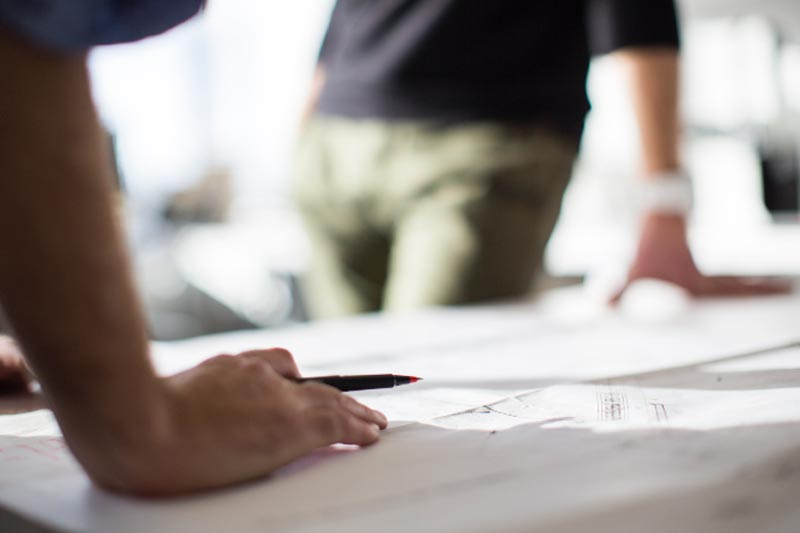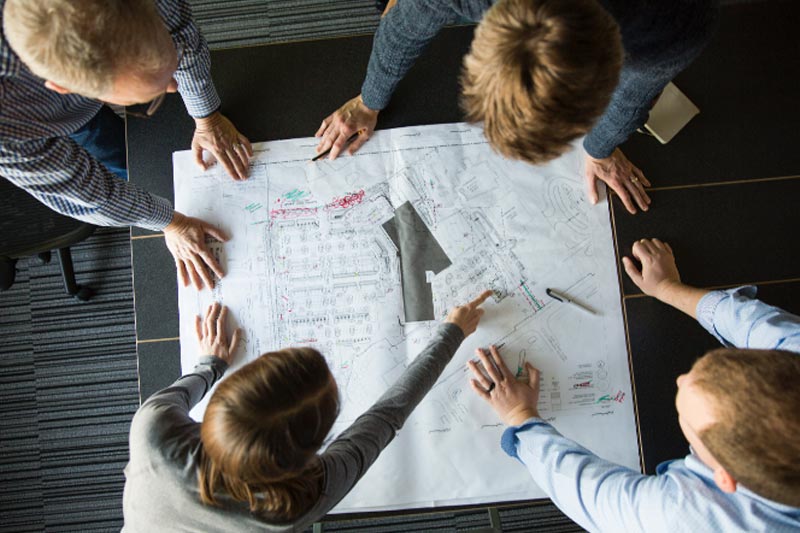Our Process
The foundation of our design process is a belief that architectural beauty emerges from solving spatial problems in elegant ways. Because our designs are specific solutions to the particular circumstances and challenges of a project, they each have their own distinct aesthetic character. Our process ensures that design choices are rooted in serving the needs and aspirations of the people who own and use the building, in the specifics of the site, in the realities of the budget and schedule, and in the building technologies available.





